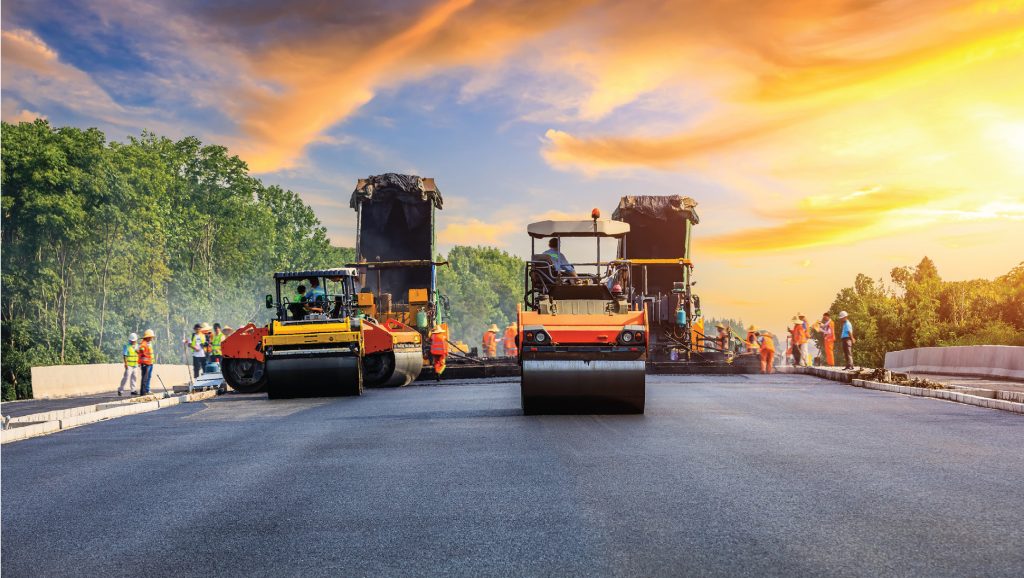
India’s road sector is evolving fast—driven not just by ambitious infrastructure plans, but also by the materials used to build these roads. As the country expands its national and rural highway networks, the spotlight is shifting to durability, sustainability, and cost efficiency.
Bitumen remains the most widely used material in Indian road construction, especially for flexible pavements. It's cost-effective, easy to apply, and ideal for highways with moderate load conditions. However, issues like rutting and frequent maintenance have prompted a search for more resilient alternatives.
Rigid pavements made from cement concrete are now being adopted for expressways and heavy-load corridors. Though higher in initial cost, they offer a lifespan of 30+ years with low maintenance. Major corridors like the Mumbai–Nagpur Expressway showcase the success of concrete roadways in handling high-speed, high-traffic loads.
One of India’s standout innovations has been the use of waste plastic in bituminous roads. Plastic-modified bitumen not only enhances road strength and resistance to water damage but also provides a sustainable solution to urban waste management. Over 1 lakh km of roads in India have already been built using plastic waste.
Used especially in rural and low-traffic areas, cold mix asphalt doesn’t require heating—reducing fuel usage and emissions during application. It’s gaining popularity for PMGSY and maintenance projects where quick repairs are essential.
Materials like geotextiles, geogrids, and fly ash are now being used to strengthen subgrades, improve drainage, and reduce erosion. They extend the life of roads in challenging terrains like the Northeast and coastal regions.
Efforts are also being made to integrate steel slag, construction & demolition waste, and other industrial by-products into road construction. These approaches not only reduce the environmental footprint but also bring down material costs significantly.
Conclusion:
As India accelerates its transport infrastructure goals, the materials shaping our roads are evolving just as fast. Innovation in road-building materials is no longer a matter of cost—it’s a matter of performance, sustainability, and long-term value. The future of India’s mobility will not just be driven on new roads—it will be built from smarter materials.